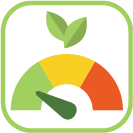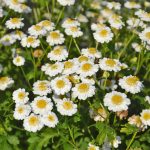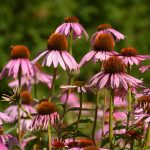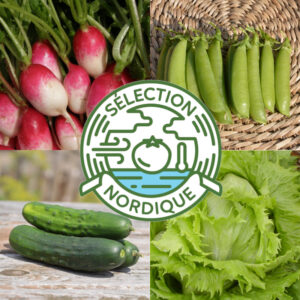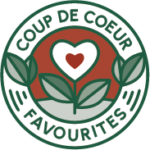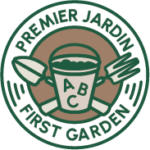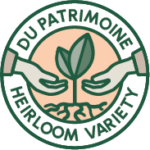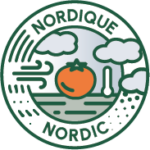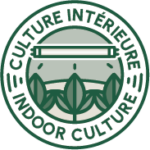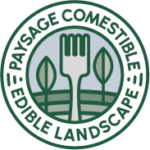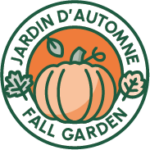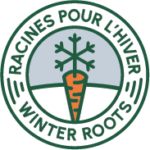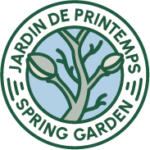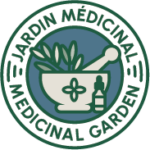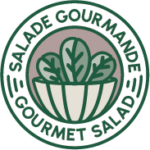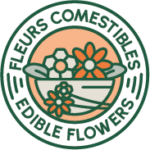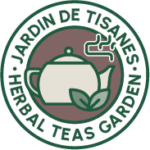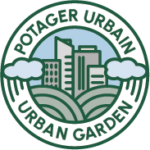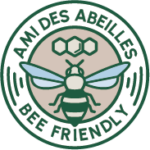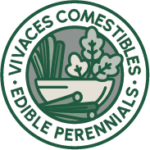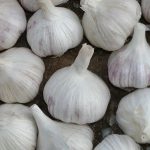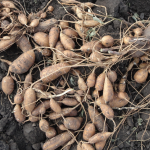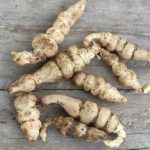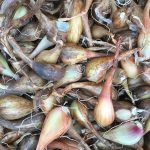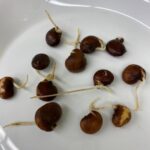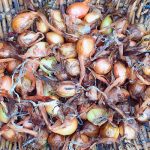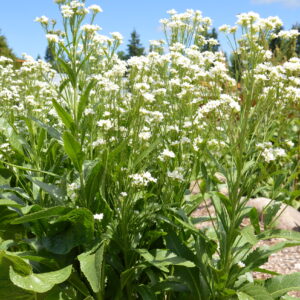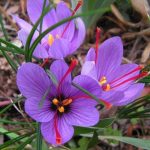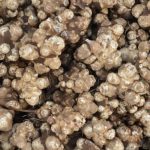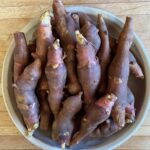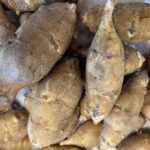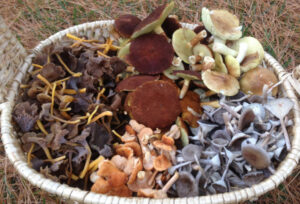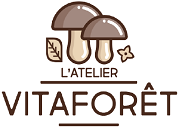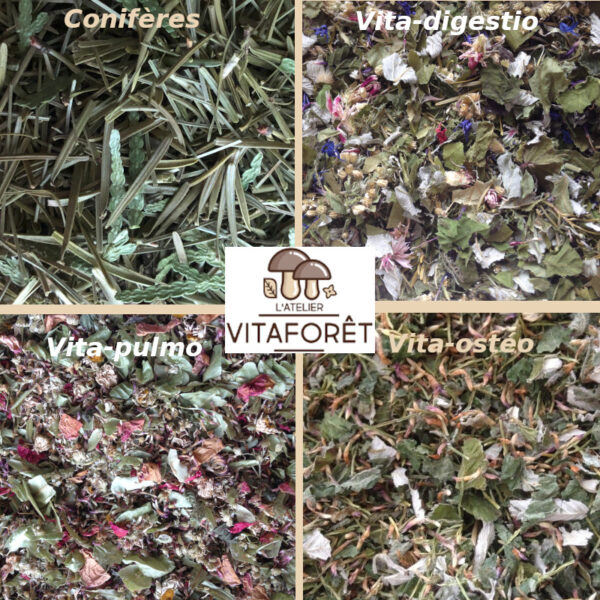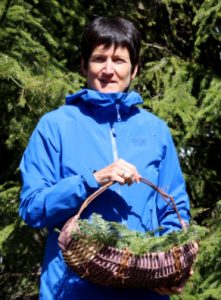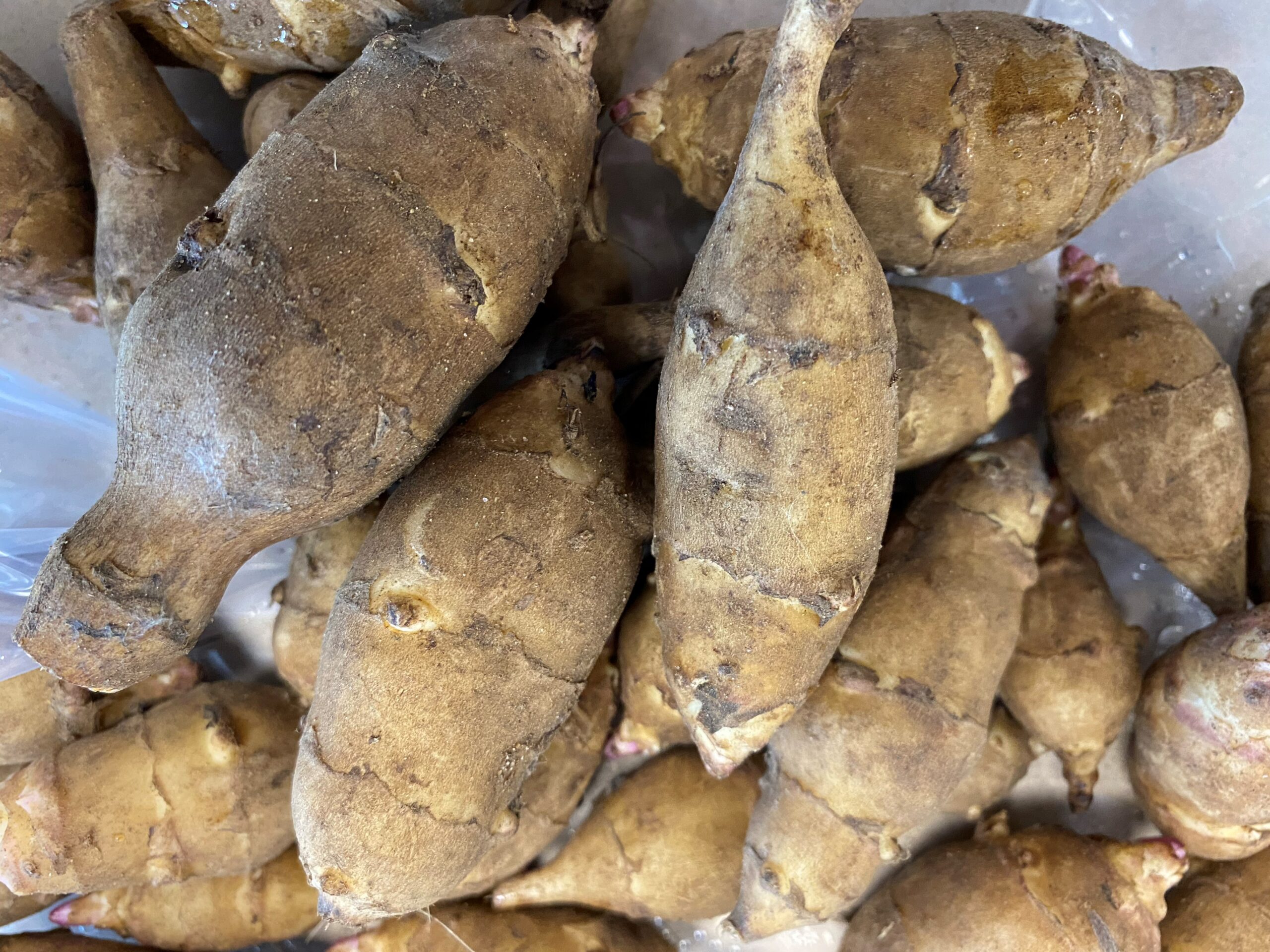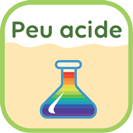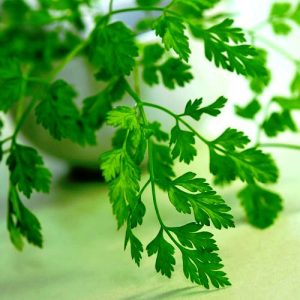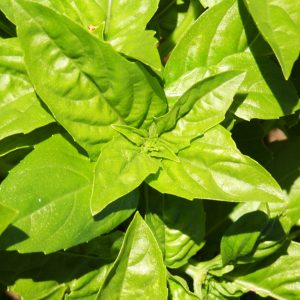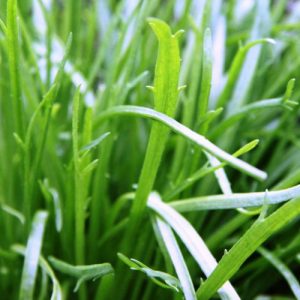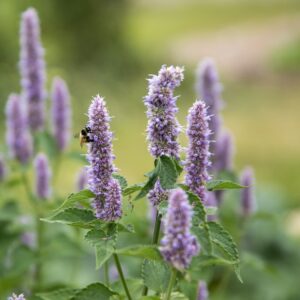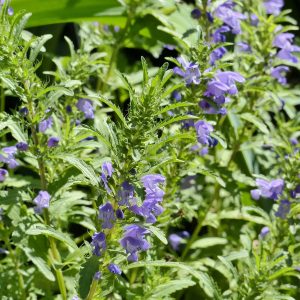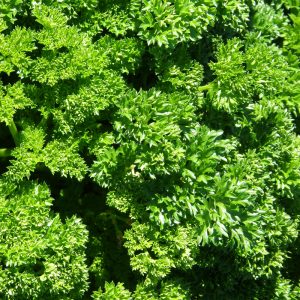
Home / Products / seeds / Bulbs, rhizomes and tubers / Jerusalem artichoke / White Spindle Jerusalem artichoke – Organic
White Spindle Jerusalem artichoke – Organic
Helianthus tuberosus
12.00$
White spindle Jerusalem artichoke strongly resembles the regular tuber. Its particularity lies in its elongated shape and its light color. This native vegetable is well known for its delicious aroma close to artichokes. Its very long and abundant flowering doesn't spoil anything!
Available at the ecoumene only
White spindle Jerusalem artichoke strongly resembles the regular tuber. Its particularity lies in its elongated shape and its light color. This native vegetable is well known for its delicious aroma close to artichokes. Its very long and abundant flowering doesn't spoil anything!
Ecosystem services
Procurement Services
Description
It was on the menu of Native American peoples and was introduced to France at the beginning of the 17th century.e century under the name “Canadian truffle” because of the shape of its tuber. The fact that it is perennial and requires little care made it a reliable food resource during the World Wars of the early 20th century.e century.
Tubers to plant in fall or spring. Because Jerusalem artichoke tubers do not always survive the winter well in storage, many prefer to plant this perennial plant in the fall.
Its cultivation is easy. Very hardy, it adapts to all types of well-drained soils, is cultivated in the sun and grows quickly. You have to be wary of it: it can be invasive. Each forgotten tuber will grow the following year. In flower, it reaches more than 2 meters. They will need to be staked in high wind areas.
The harvest is done late in October, because the taste of the tubers improves with the arrival of cold weather. Note that the tubers are sensitive to frost when they are above ground.
It is traditionally eaten fried, in puree, in vinaigrette or with cream, but also in marinade and lactofermentation.
Planting: in spring or fall
Planting depth: 10 cm
Plant spacing: 60 cm
Row spacing (no spacing): 75 cm

